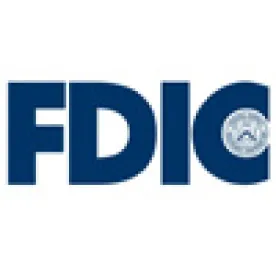On November 15, the Federal Deposit Insurance Corporation (FDIC) approved a final rule detailing recordkeeping requirements for FDIC-insured depository institutions with more than 2 million deposit accounts (Covered Institutions) to facilitate rapid payment of insured deposits to customers should those institutions fail. The FDIC estimates that 38 depository institutions currently qualify as Covered Institutions.
Covered Institutions will need to develop information systems capable of quickly: (1) calculating deposit insurance coverage for each deposit account; (2) generating and retaining output records in the FDIC-specified format; (3) restricting access to some or all of the deposits in a deposit account until the FDIC completes its insurance determination for that account; and (4) debiting from each deposit account the calculated uninsured amount.
Recognizing that not all Covered Institutions will be able to collect and maintain all of the information needed to make a determination for every account, the FDIC bifurcated the recordkeeping requirement. For deposit account records collected in the ordinary course of business, such as for single ownership accounts, Covered Institutions must ensure that they maintain the information required to calculate deposit insurance coverage. For deposit accounts where the beneficial owner information is not maintained by Covered Institutions or the amount of insurance is dependent on additional factors, such as brokered deposits or deposit accounts held in connection with a trust, Covered Institutions may instead meet an alternative recordkeeping requirement. There also are additional requirements for accounts with “transactional features” unless such account type is specifically excluded from this requirement.
Covered Institutions may request an exemption from these requirements from the FDIC if they demonstrate that they do not and will not take deposits from any account holder for any owner of the funds on deposit which, when aggregated, exceed the standard maximum deposit insurance amount (SMDIA), which is currently $250,000. Covered Institutions also may request an exception from the FDIC from any specific requirement if it is impracticable or overly burdensome. Finally, Covered Institutions can obtain a release from the provisional hold and standard data format requirements by submitting to the FDIC a required compliance certification.
The final rule is effective as of April 1. Covered Institutions have three years from the effective date or three years after first becoming a Covered Institution to implement the requirements, but they may request an extension from the FDIC. However, on a case-by-case basis, upon notice, the FDIC may accelerate the implementation time frame for a Covered Institution.
The FDIC intends to issue functional design assistance for system programming prior to the effective date to aid in this process.
The final rule is available here.



 />i
/>i


